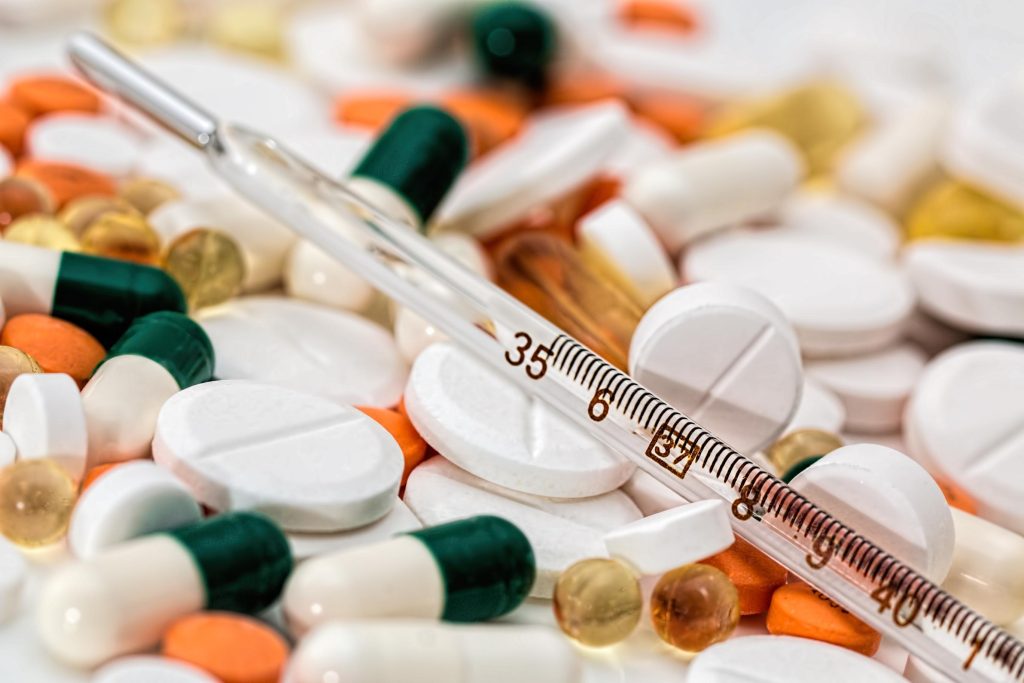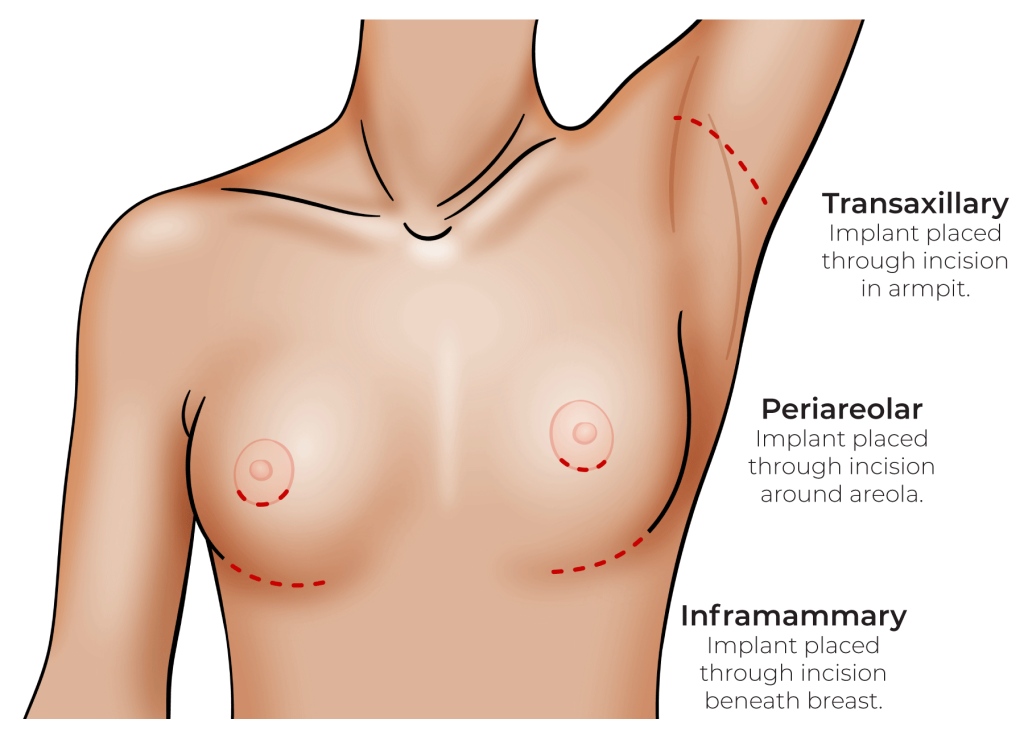
An Overview of Breast Augmentation

Breast augmentation is a cosmetic surgery that focuses on increasing your breasts’ size, shape, or fullness. It involves fat transfer or the use of breast implants. Breast implants are most commonly used. Austin breast augmentation is among the most well-known cosmetic surgery options. About three hundred people go under the knife for breast augmentation in the United States yearly. You may consider breast augmentation to enlarge naturally small breasts, restore breasts after surgery, and align asymmetrical breasts. You may also get breast augmentation to restore breast size and shape after breastfeeding or weight loss.
What are the different types of breast implants?
There are two major types of breast implants which include:
Saline implants
Saline implants are filled with sterile saline solution and held within an elastomer silicone shell. The implants are filled with different saline solution amounts, affecting your breasts’ feel, firmness, and shape. If a saline implant breaks, the solution is absorbed and expelled by your body naturally.
Silicone gel-filled implants
Silicone-gel-filled implants comprise a silicone outer shell filled with a silicone gel. If these implants leak, the gel stays in the shell or escapes into your breast implant pocket. A leaking silicone-filled implant poses the risk of collapse. Your doctor will recommend you get regular checkups after silicone gel-filled implant placement.
What happens during the breast augmentation procedure?
Breast augmentation involves various steps, including:
Anesthesia
Your surgeon will perform breast augmentation while you are under general anesthesia or through intravenous (IV) sedation.
Incising
Surgeons perform breast augmentation through various processes, including via the crease under your breast, along the edge of your areola, or via your armpit. Your surgeon will use the technique that best suits your needs.
Inserting and placing the implant
Breast implants are inserted into a pocket. There are two types of breast implant placement, which include:
Submuscular placement: This form of placement goes under your pectoral muscle. Recovery can take longer, and you may experience more pain after the operation.
Submammary placement: This type of placement involves your surgeon placing your implant behind the breast tissue over your pectoral muscle.
Closing the incision
Your surgeon will close the incisions using layered sutures or stitches in your breast tissue. The surgeon then closes your skin using stitches, adhesives, and surgical tapes. The incisions will be visible, but they fade with time. After the surgery, your provider will take you to a recovery room for observation. You will leave your health facility when you are stable.
What happens after breast augmentation?
Your specialist will prescribe medication to relieve your pain during recovery. The specialist will guide you on how to remove the gauze bandages. Avoid lifting heavy objects or strenuous activities for at least four weeks. You may experience side effects like swelling, increased sensitivity in the nipple region, bruising, and bleeding. Your doctor will tell you how to manage the effects.
Breast augmentation involves using breast implants to change the size and shape of your breasts. You may use saline or silicone-filled implants depending on your goal and personal preference. Schedule an appointment at Pearce Plastic Surgery for breast augmentation to change the appearance of your breasts.
